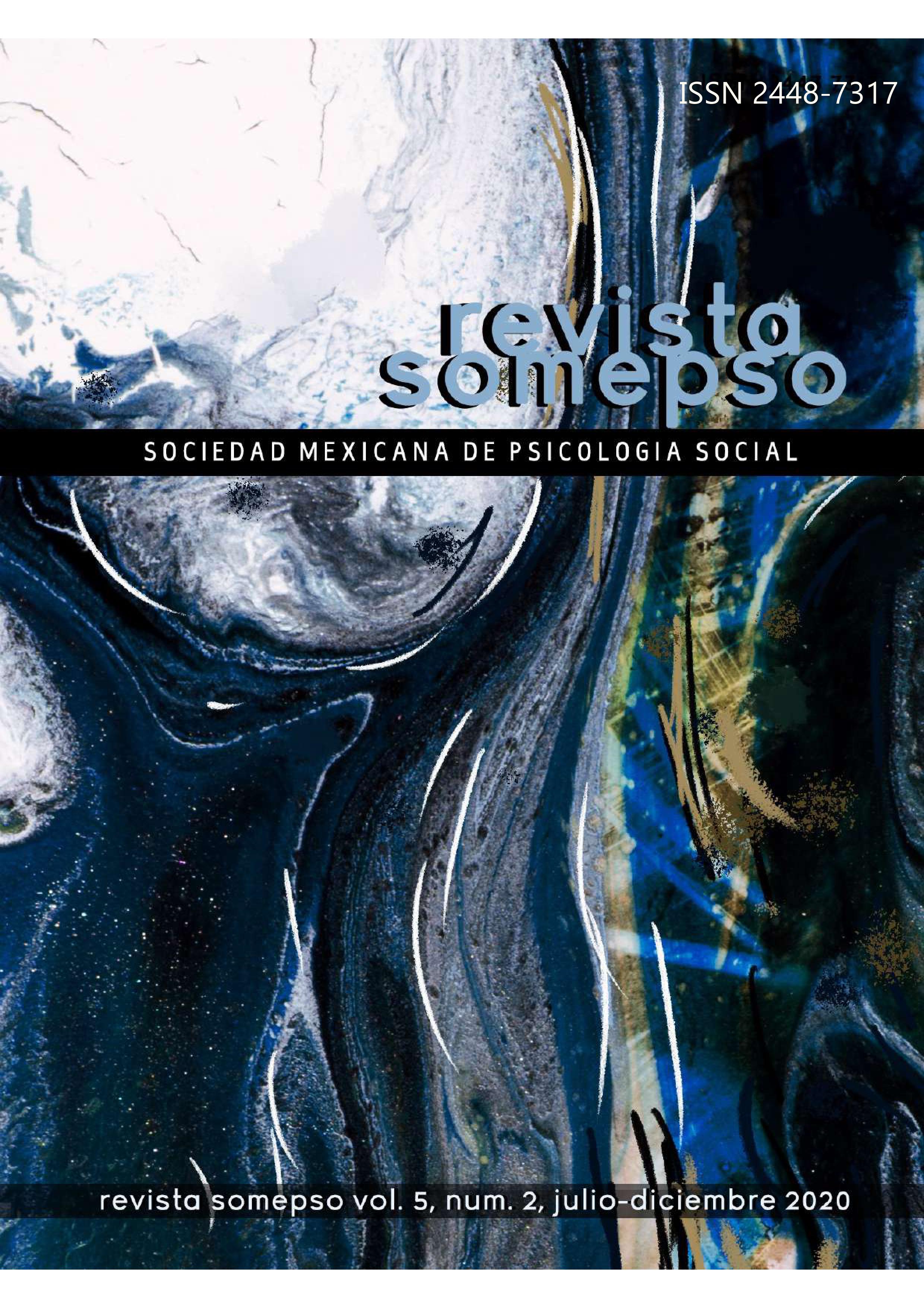Contamination in and through internet memes
Main Article Content
Abstract
In the following paper, I explore the concept of pollution developed by Mary Douglas from the symbolic anthropology perspective, this concept is understood as the -usually negative- response to culturally established ambiguities and anomalies. Through the text I cite specific cases in which Internet memes operate as objects that reproduce pollution and as objects that have pollutant attributes in them. I start with a brief introduction to expose the concept, followed by examples of memes from Mexican religious context that are useful to clearly identify pollution. Then I describe the pollutant elements that constitute memes; I continue pointing out some legal initiatives that have been proposed in Mexico to neutralize pollution produced through these user generated contents. Finally, I share some thoughts on the effectiveness of public and private initiatives around Internet memes to include society in the discussion of arts, culture and politics.
Article Details

This work is licensed under a Creative Commons Attribution-NonCommercial 4.0 International License.
Creemos firmemente que el acceso al conocimiento debe estar libre de la lógica del enriquecimiento y no debe tener como objetivo el lucro personal o colectivo.
La Revista de la Sociedad Mexicana de Psicología Social de la SOMEPSO está bajo una licencia Creative Commons Reconocimiento-NoComercial 4.0 Internacional License.
References
Barfield, T. (2001). Diccionario de antropología. Siglo Veintiuno Editores.
Bollmer, G. (2018). Theorizing digital cultures. Los Angeles: Sage.
Bourdieu, P. (2010). El sentido social del gusto: elementos para una sociología de la cultura. Siglo XXI.
Börzsei, L. (2013). Makes a meme instead: A concise History of Internet Memes. Utrecht University
Castells, M. (2009) La apropiación de las tecnologías. La cultura juvenil en la era digital. En TELOS (81), 1-4.
Douglas, M. (1996). Cómo piensan las instituciones. Alianza.
___________ (1973). Pureza y peligro: un análisis de los conceptos de contaminación y tabú. Siglo XXI.
___________ (1968). Pollution. En International encyclopedia of the Social Sciences. The Macmillan Company & The free prees.
Douglas, N. (2014). It's supposed to look like shit, The Internet Ugly Aesthetic. En Journal of VisualCulture, vol. 13
Durkheim, E. (1982). Las formas elementales de la vida religiosa: el sistema totémico en Australia. Akal.
Gergen, K. (2006). El yo saturado. Dilemas de identidad en el mundo contemporáneo (79-123). Paidós.
Nateras, A. (2010). Adscripciones identitarias juveniles: tiempo y espacio social. En El cotidiano. (3), 17-23.
Pitt-Rivers, J. (1977). Antropología del honor o política de los sexos: ensayos de antropología mediterránea. Crítica.
Rosas Mantecón, A. (1993) Globalización cultural y antropología. En Alteridades. 3(5), 79-91.
Schechner, R. (2013). Performance studies: An introduction. Routledge.
Winocur, R. (2009). Robinson Crusoe ya tiene celular: la conexión como espacio de control de la incertidumbre. Siglo XXI: Universidad Autónoma Metropolitana, Unidad Iztapalapa.
Woodside, J. (16 de mayo de 2016). Memes, mames y… discriminación. Yaconic. Recuperado de http://www.yaconic.com/memesmamesydiscriminacion/

